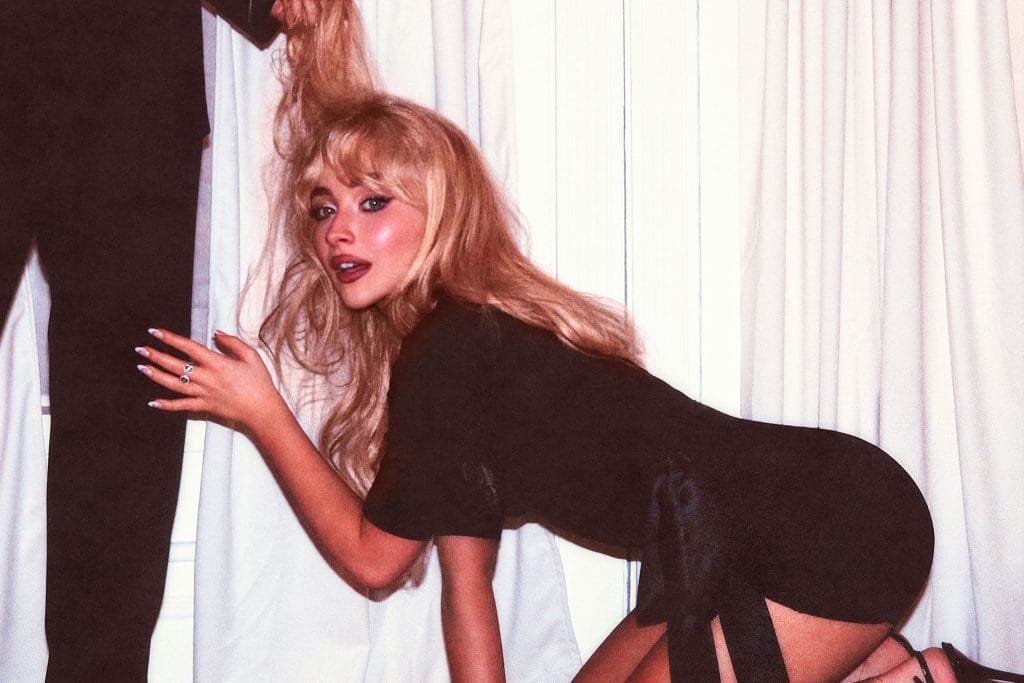It has been three years since the final episode of HBO’s series, Game of Thrones, was screened. Fans of this high-fantasy show have been waiting to dwell in its world of medieval opulence, sexual transgressions, political machinations, dragons, and zombies throughout the lockdown. Little surprise, then, that the recently released pilot to its prequel series, House of the Dragon, would provoke a series of responses: while some feel that it lacks the fire of the original, others believe that the show is an encouraging follow-up.
Donned in magnificent crimson and gold, a woman stands before a throne made of swords. Shades of fear and excitement pass through her largely stern face. Everyone in the room has the same thought—this is the first woman to ascend to the Iron Throne. In the same vein, viewers of the scene cannot help but wonder: what will be the outcome this time?
There is a striking development in the series that might make it worth a watch. House of the Dragon attempts to offer more critical insight into gender politics and power than the last season of Thrones.
However, there is a striking development in the series that might make it worth a watch. House of the Dragon attempts to offer more critical insight into gender politics and power than the last season of Thrones.
In the final episode of Thrones, viewers encounter an unprecedented shift in Daenerys Targaryen’s (Emilia Clarke) character. As (one of the) last members of the House Targaryen—the dynasty of fire-resistant, dragon-pilots who have ruled Westros for centuries—she makes her way up to the King’s Landing by mobilizing an army and making strategic allies. Despite participating in this game of power, her character is represented as a very empathetic and thoughtful queen.
While she wants to reinstall the Targaryen royal lineage, she is (at least, initially) motivated to abolish slavery and end abuse against women. Towards the end, however, she is seen to be marked by the same maddening, blood-thirsty streak that consumed her ancestors. Far from reducing violence, she burns cities down to rubble and threatens to kill everyone.
While the plot seems to be promising, for now, viewers can only hope that House of the Dragon will continue to provide a smart representation of gender-based violence. Most consequentially, the show must contend with how it portrays the effect of authority on a female leader. It appears that the show is invested in critiquing the dominion embedded in the throne.
The show seems to make a familiar critique of power: no matter how benevolent the ruler is, their task is to rule and thus exert authority. The problem is that this critique was illustrated very doggedly. In fact, the last episode fed into sexist narratives of women in positions of power. Most obnoxiously, Daenerys’ fall from grace is somewhat rationalized because she is rejected by her love interest, Jon Snow (Kit Harington). For this reason, the scholar, Slavoj Žižek, called this trope of “the Mad Queen”—a woman who is sexually unsatisfied and thus riven with fury—a male fantasy.

House of the Dragon is a clear shift from such a fantasy. Indeed, gender appears to be a primary concern this time around. The patriarchal dimension of dynastic politics is highlighted from the very beginning. The prologue sequence starts with a critique of male lineages: King Jaeherys I is dying, and he declares Viserys I (Paddy Considine) to be his heir. Viserys’ opponent to the throne, also his elder cousin, Rhaenys Velaryon (Eve Best), is thereby titled “The Queen Who Never Was.” (And, in case the reasoning missed the audience’s eye, the feminine voice-over narrator reminds the viewer, in a slightly on-the-nose fashion: “Rhaenys, a woman, would not inherit the Iron Throne”).
The burdening gender roles of Targaryen women are also clearly foregrounded. While Rhaenyra (Milly Alcock), Viserys’ daughter, admits that she prefers flying dragons and fighting as a warrior, her mother—Queen Aemma (Sian Brooke)—disapproves of her desires. Aemma comments that, as custodians of the royal womb, “the childbed is [their] battlefield.” Aemma herself undergoes multiple hardships in fulfilling her husband’s ambitions of a male heir: she loses five children in ten years. Motherhood and child labour are thus never exonerated or sentimentalized in the episode. The show underscores how women’s bodies are controlled to serve masculine, dynastic interests.
In a particularly powerful sequence, the parallel between warfare and childbirth is depicted in all its violence. While Daemon (Matt Smith), Viserys’ brother, participates in a gory jostling competition, a pregnant Aemma is unable to deliver her child. Viserys, in consultation with the doctors from the Citadel, decide to sacrifice Aemma for the male heir without her consent.
Aemma is scared and screams as the doctors cut upon her womb; blood stains the white bedsheets she lies on. Shots of this sequence are interrupted by scenes of Daemon kicking his combatant off his horse. As the royal family receives the news that Aemma died delivering a son, we realize that Daemon has lost the competition.
Eventually, even the son doesn’t survive. Whether on the battlefield or on the childbed, the inheritance of the throne to a deserving male Targaryen seems impossible. Moreover, the patriarchal desire for such an heir preoccupies everyone, no matter what degree of violence it unleashes on others.
While the pilot seems to be promising, for now, viewers can only hope that House of the Dragon will continue to provide a smart representation of gender-based violence. Most consequentially, the show must contend with how it portrays the effect of authority on a female leader. It appears that the show is invested in critiquing the dominion embedded in the throne.
In fact, the throne is positioned as a dangerous seat in this episode, evident in the way it pricked a life-threatening wound on Viserys. Power can literally kill in House of the Dragon. But, it remains to be known: will the show venerate the monarchic throne to allege solidarity with women in positions of power? Or will it critique the way the hierarchy is implied in the throne, no matter who sits on it? Will Rhaenyra suffer the same fate as Daenerys, or will the show chart an alternative path in imagining a complex female leader? The stakes of the House of the Dragon rely on how Rhaneyra would be as a queen.
Featured image source: The Guardian





